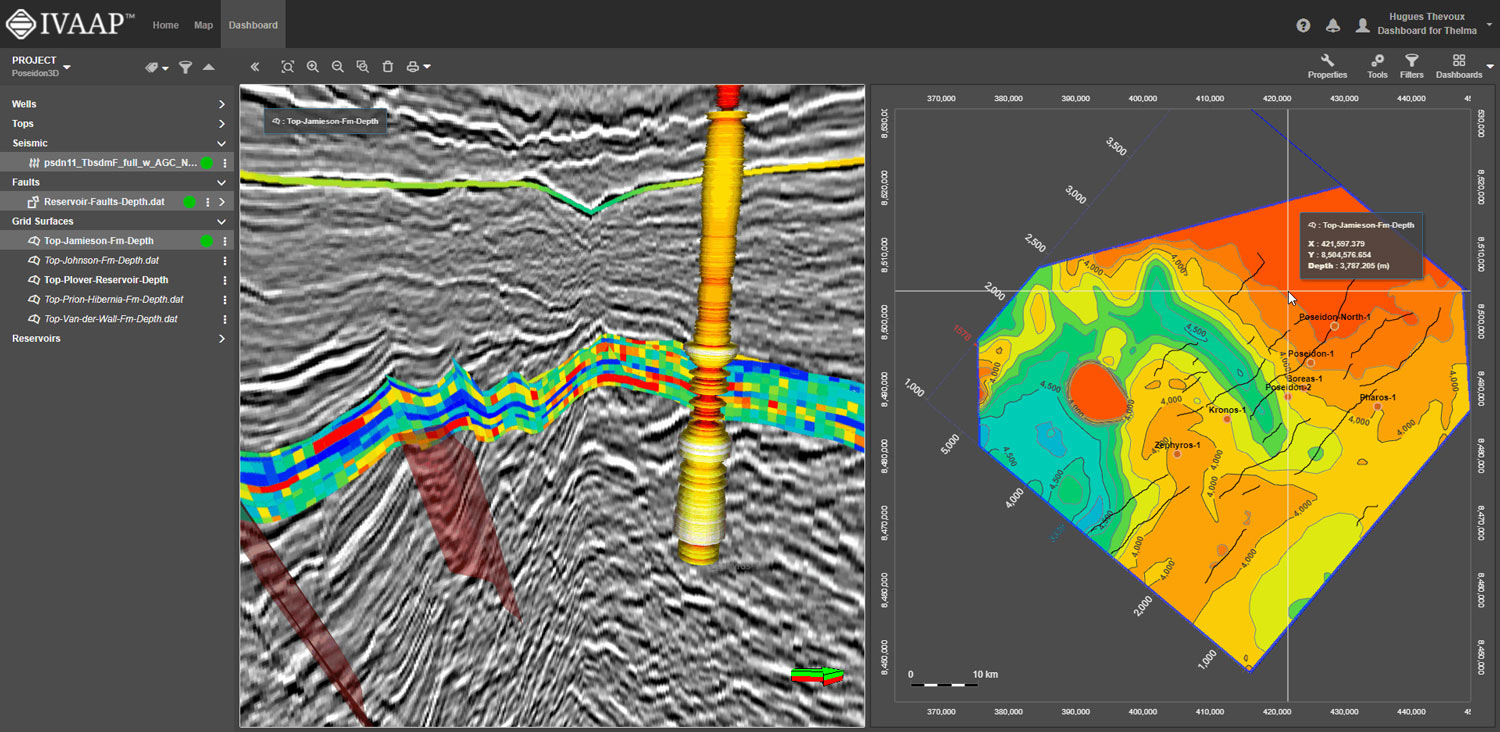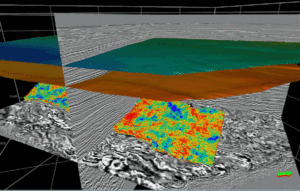Latest Release of INT’s GeoToolkit.JS Brings More Advanced Features to Develop the Next Generation of Energy Applications
The GeoToolkit.JS 2021.1 release innovation includes new Live Code Sandbox, new features in Schematics and Seismic libraries, and optimized display of 3D Reservoir in a web browser.
INT Achieves AWS Energy Competency Status
This announcement highlights INT as an AWS Partner with deep industry expertise and follows a rigorous technical validation process and customer reference audit. INT announced […]
Intel OpenVino and IBM Red Hat Select IVAAP to Demonstrate the Power of New Hybrid Cloud OSDU Data Platform
This offering powers a unified environment to drive AI, accelerated data analytics, and high-performance computing (HPC) integrated with IVAAP Data Visualization platform. IBM and Red […]
Rethinking ML Integration to Deliver a User Experience with a True End-to-End Geoscience Workflow
For E&P companies, the next challenge in their digital transformation — once their data has been properly stored, indexed, enriched, and cataloged in the cloud […]





